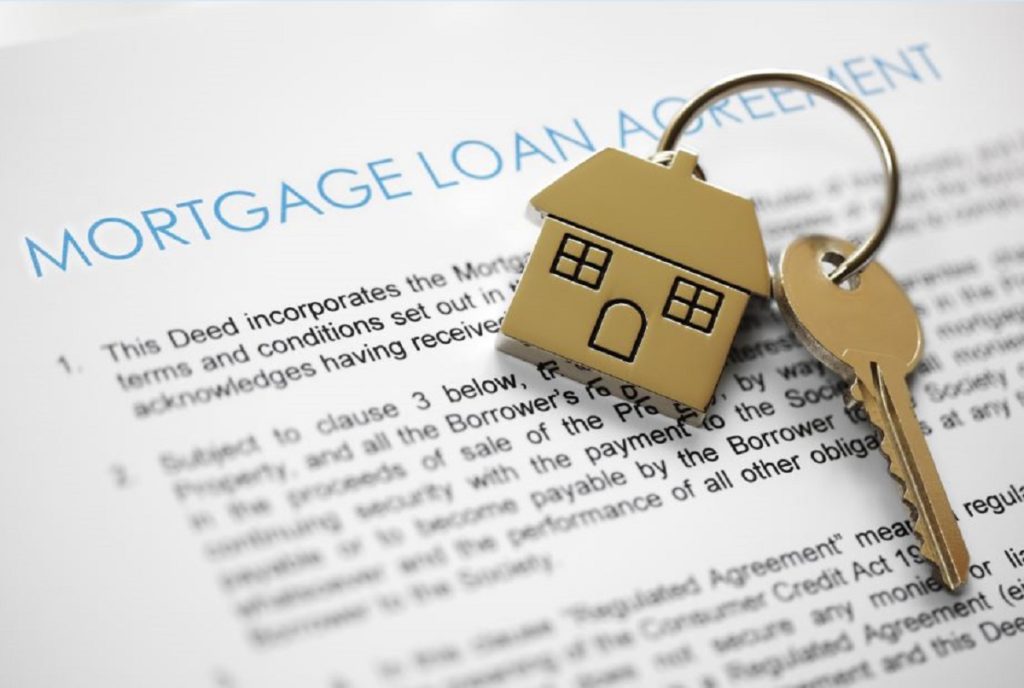When comparing mortgages in Salt Lake City, Utahns generally look for a deal that they can afford. This strategy is logical for taking out a loan you can’t repay over time is a terrible decision. Hopeful homebuyers are not the only ones who think this way. Lenders these days likewise approve applicants who can realistically make monthly mortgage payment regularly only. Gone are the days when financial institutions issue housing loans to all interested parties, regardless of a borrower’s credentials.
Getting approved for a mortgage is one thing, but minimizing your overall expenses is another. One major mistake many borrowers make when negotiating for a home loan is focusing solely on the monthly payment, which makes the mortgage both manageable and expensive at the same time. If you seriously want to make your mortgage cost-effective, below are the things you should aim to attain.
Low Annual Percentage Rate (APR)
The APR is the true reflection of the cost of borrowing money to buy a house, not the interest rate. Also expressed in a percentage, a mortgage APR is the sum of the interest rate and all other fees associated with the loan, such as closing costs. If you do the math correctly by including all charges into the equation, it tells you how much money you have to pay per year to borrow the funds you need to buy the house.
A word of caution: be careful comparing the APRs of different loans, like fixed-rate vs. adjustable-rate mortgages. Loans are not structured the same; some are apples, and others are oranges.
Small Interest Payment
 The interest portion of monthly mortgage payment is the very profit a lender makes off of a borrower. There are many ways to reduce your loan’s interest rate, but not all means will necessarily save you money. The most effective strategies to drive your interest payment lower is to have a high credit score, pay a large down payment, and shorten the term of the loan. All of these minimize the risk a lender has to take when extending credit to you. An interest-reducing method that may only create an illusion of savings is buying down your mortgage. This strategy is when you pay for points to get discounts. Each point is equivalent to 1% of the loan amount. “Discount” is a misnomer because a lender does not reduce the interest for free. Mortgage points are actually prepaid interest due at closing in hopes of saving money over the long term.
The interest portion of monthly mortgage payment is the very profit a lender makes off of a borrower. There are many ways to reduce your loan’s interest rate, but not all means will necessarily save you money. The most effective strategies to drive your interest payment lower is to have a high credit score, pay a large down payment, and shorten the term of the loan. All of these minimize the risk a lender has to take when extending credit to you. An interest-reducing method that may only create an illusion of savings is buying down your mortgage. This strategy is when you pay for points to get discounts. Each point is equivalent to 1% of the loan amount. “Discount” is a misnomer because a lender does not reduce the interest for free. Mortgage points are actually prepaid interest due at closing in hopes of saving money over the long term.
Less Than 43% DTI Ratio
You would know when a home loan is cost-effective is when less than 43% of gross monthly income goes toward your monthly liabilities, including the mortgage payment. Anything higher than that can eat into your budget so much you no longer have money for leisure, savings, or investment.
Great Leftover Cash in the Bank
It is practically impossible to get a mortgage these days without making your own contribution. To avoid exhausting your cash reserves, explore all sources of your funds you can use. For instance, using your rental payment history and gifts to qualify for a better mortgage and to minimize your out-of-pocket expenses.
It is hard to achieve all of these goals at once, but use them as your guide to properly figure out whether your loan offer can truly save you money in the long run.



